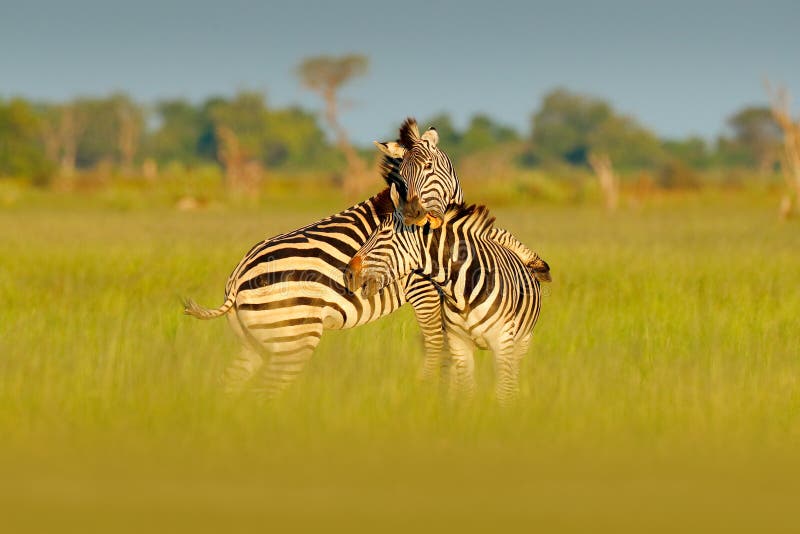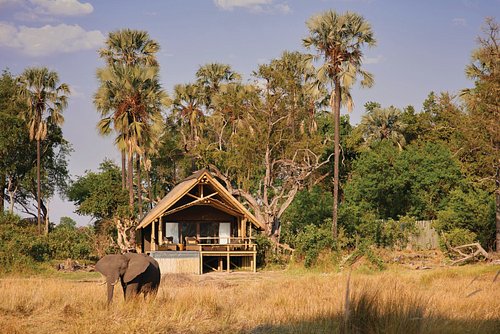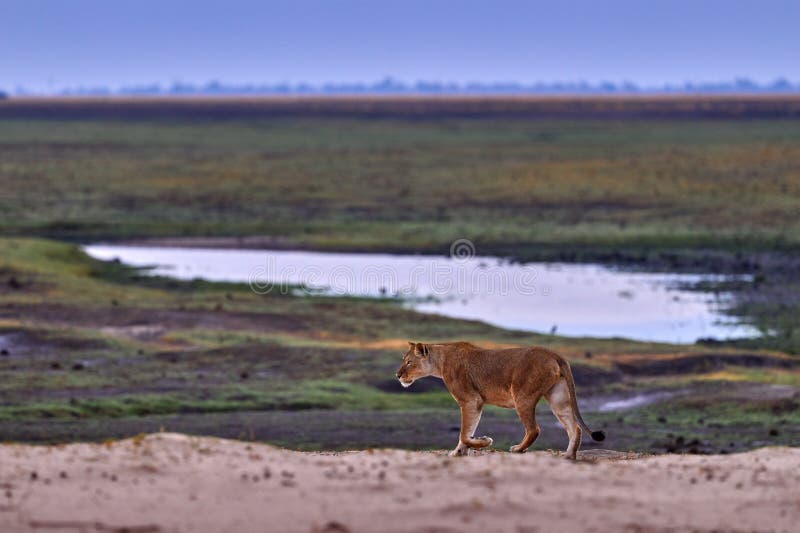Okavango Awakens: A Photographer's Journey Through Botswana's Green Season

The Okavango Delta in the rainy season is a world transformed. Gone are the dusty plains; in their place, a labyrinth of lush floodplains reflecting the vast African sky. The air hangs thick with humidity, carrying the scent of wet earth and blossoming vegetation. Distant thunder rumbles across the horizon, a constant reminder of nature’s raw power. It’s a sensory overload, a photographer's dream, and a challenging environment all rolled into one. My recent journey to Botswana during this vibrant "green season" (December - March) was an experience unlike any other, pushing my skills and revealing the Delta in a whole new light. I'm Isabella Rodriguez, and for years, I’ve dedicated my life to capturing the untamed beauty of wildlife through my lens. This trip, facilitated by the wonderful team at vistalocation.com, focused on witnessing the legendary zebra migration and the dramatic predator activity it inevitably attracts. Prepare to be transported to a world of emerald and azure, a place where life explodes in a symphony of color and sound.
Safari Experience: A Dance of Life and Death
My photographic safari began as the rains intensified. Each day unfolded with unique and awe-inspiring encounters. The heart of the experience, of course, was the zebra migration. Thousands upon thousands of these striped equines thundered across the plains, driven by the allure of fresh grazing. The sheer scale of the migration was breathtaking. I've seen migrations before, but the Okavango Delta's unique ecosystem amplified the spectacle.
The landscape itself was a character in this drama. We navigated flooded grasslands, the tall stalks swaying in the breeze, creating a sea of green broken only by the backs of grazing zebras. Lagoons teemed with birdlife – vibrant kingfishers, majestic fish eagles, and countless waterfowl adding splashes of color to the scene. Further inland, mopane woodlands glistened after the rain, providing shelter and sustenance for a variety of species.
The green season brings about distinct behavioral changes in the animals. Lionesses, sleek and powerful, stalked zebras through the tall grasses, using the vegetation as cover. It was a constant game of cat and mouse, a thrilling display of predator-prey dynamics. Baby antelopes, wobbly on their legs, were a common sight, learning to navigate the world under the watchful eyes of their mothers. And the birds! The males displayed their most vibrant mating plumage, engaging in elaborate courtship rituals that were a joy to witness and capture.
From a technical perspective, the conditions demanded constant adjustments. I primarily used my Canon EOS R5, paired with my trusty Canon EF 100-400mm f/4.5-5.6L IS II USM lens. This combination allowed me to capture the distant wildlife with clarity, even in challenging light. For the broader landscape shots, I relied on my Canon RF 24-70mm f/2.8L IS USM lens.
Mastering the light was crucial. I often used a wide aperture (f/2.8-f/4) to create a shallow depth of field, isolating my subjects against the often-busy background. To freeze the action of the wildlife, especially during hunts, I needed fast shutter speeds – 1/500s or faster. This often meant pushing my ISO, which ranged from ISO 400 to ISO 3200 depending on the time of day and the cloud cover.
One afternoon, under a sky bruised with storm clouds, I witnessed a pack of wild dogs hunting impala. The light was fading fast, forcing me to push my ISO to compensate. The resulting images, though grainy, captured the raw intensity of the hunt – the dogs' focused eyes, the impala's desperate flight, the sheer chaos of the moment. These are the images that tell the real story, the unvarnished truth of the Okavango Delta.

Of course, the green season presented its own set of challenges. The rain was relentless at times, requiring constant vigilance to protect my equipment. The humidity was stifling, and the unpredictable weather meant that plans often had to be changed at a moment's notice. But these challenges only added to the adventure, forcing me to adapt and find creative solutions.
Lodge Review: Belmond Eagle Island Lodge
Choosing the right accommodation is paramount for any photographic safari. For this trip, I had the pleasure of staying at Belmond Eagle Island Lodge, and I can wholeheartedly recommend it, especially to fellow wildlife photographers.
The accommodations were luxurious, providing a welcome respite after long days in the field. My tented suite was spacious and beautifully appointed, with a private deck overlooking the lagoon. The staff were incredibly attentive, anticipating my every need and ensuring that I had everything I needed to make the most of my time in the Delta.
The dining experience was exceptional. I had the opportunity to sample traditional Botswana cuisine with a modern twist. One evening, I enjoyed Seswaa (pounded beef) served with creamy polenta – a hearty and flavorful dish. Another highlight was the Morogo (wild spinach) sautéed with garlic, a simple yet delicious side dish. And for breakfast? Nothing beats Magwinya (fat cakes) fresh from the fryer.
Belmond Eagle Island Lodge also impressed me with its commitment to sustainable tourism. They actively support local communities through various initiatives and are dedicated to minimizing their environmental impact. This is incredibly important, as we must ensure that the Okavango Delta remains a pristine wilderness for generations to come.

Photography Tips for the Okavango Delta
Planning a photographic trip to the Okavango Delta? Here are a few tips based on my experience:
- Rain Gear is Essential: Invest in high-quality rain gear for both yourself and your equipment. A waterproof camera bag is a must.
- Lens Selection: Pack a variety of lenses to cover different shooting scenarios. A telephoto lens (at least 400mm) is essential for wildlife photography. A wide-angle lens will allow you to capture the vast landscapes. And a macro lens can be useful for capturing details of insects and plants.
- Practice Low-Light Photography: The green season often brings cloudy skies and low-light conditions. Practice shooting in low light before your trip to familiarize yourself with your camera's settings and capabilities.
- Patience is Key: Wildlife photography requires patience. Be prepared to spend hours waiting for the perfect shot.
- Ethical Photography: Always maintain a safe distance from animals and avoid disturbing their natural behavior. Respect the wildlife and their environment.
Conclusion: A Photographic Paradise
My journey to the Okavango Delta during the green season was an unforgettable experience. The unique beauty of the landscape, the abundance of wildlife, and the challenges of the environment combined to create a photographic adventure unlike any other. The Delta's transformation during the rainy season is truly remarkable, offering photographers a wealth of opportunities to capture stunning images. It's crucial that we support conservation efforts in the Okavango Delta to protect this fragile ecosystem for future generations.
Ready to capture the magic of the Okavango Delta for yourself? Visit vistalocation.com today and book your unforgettable photographic adventure!